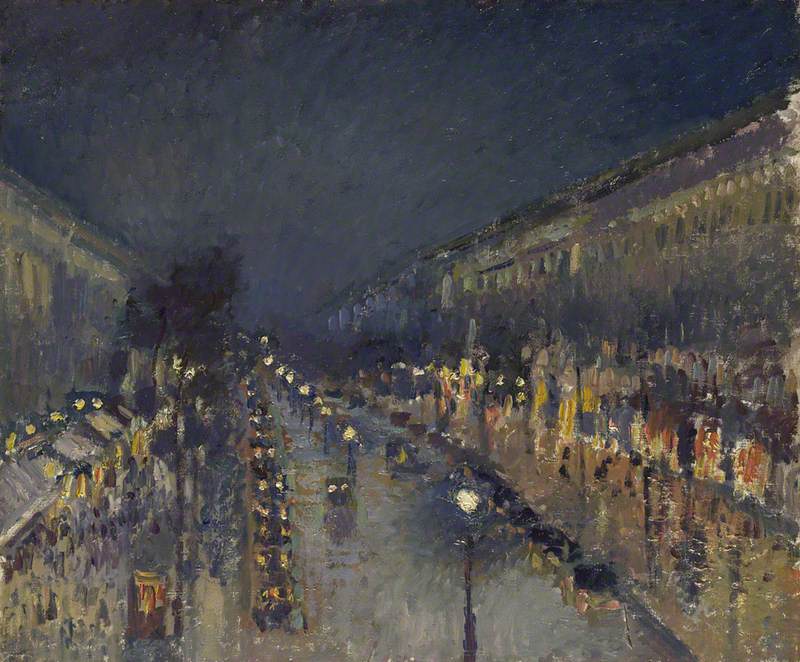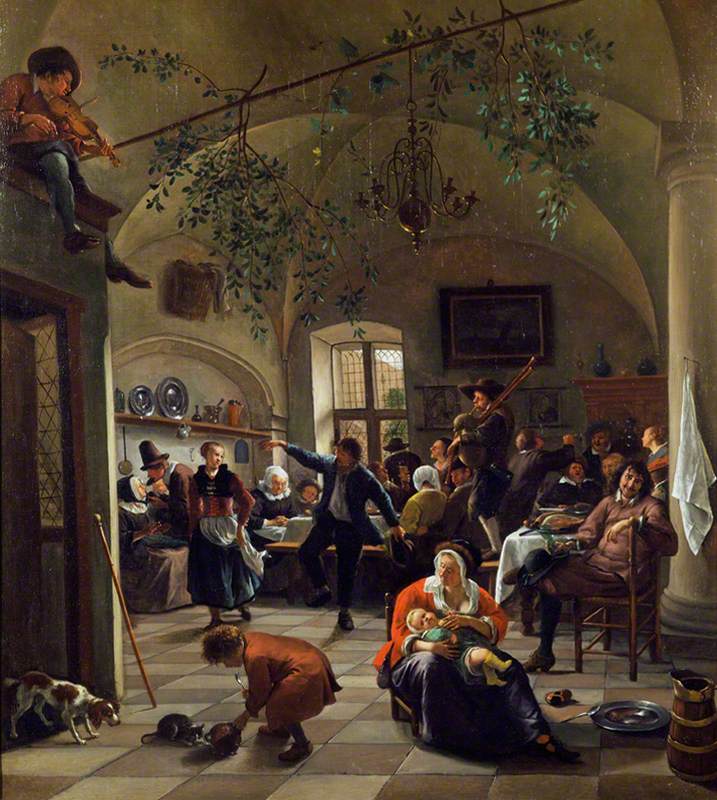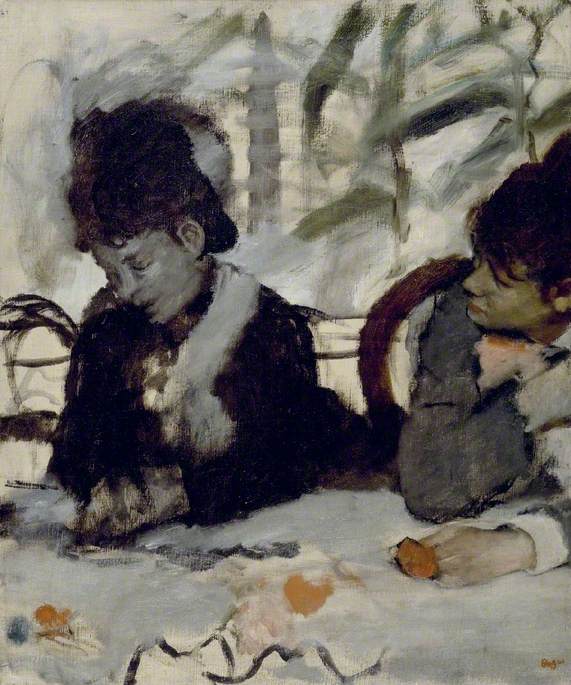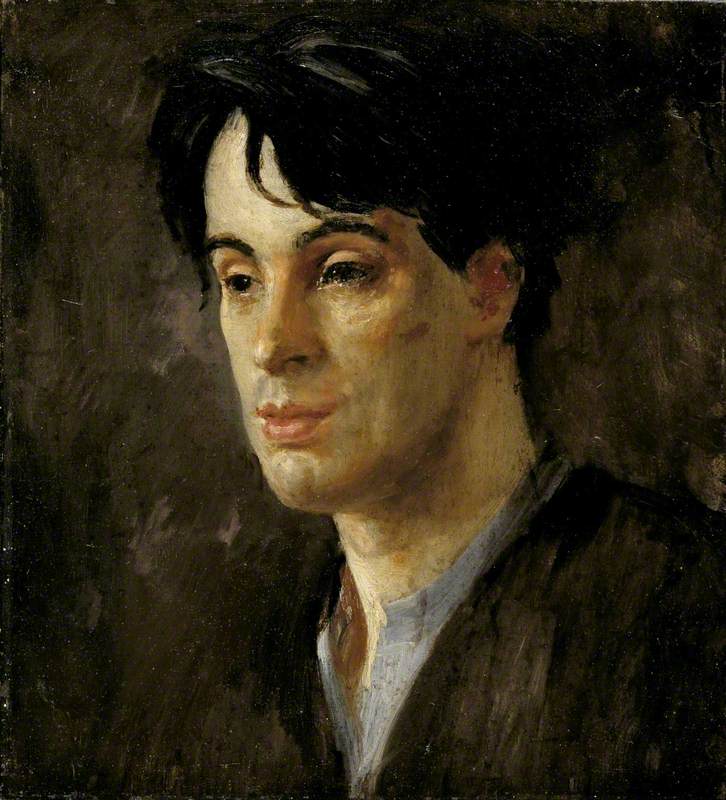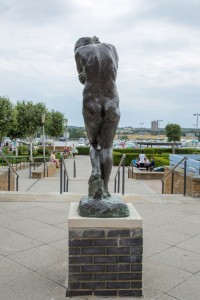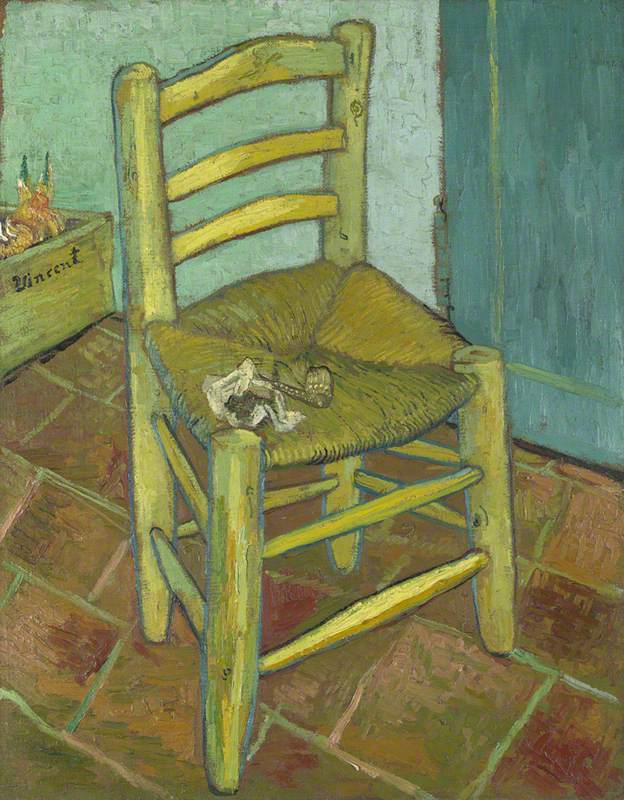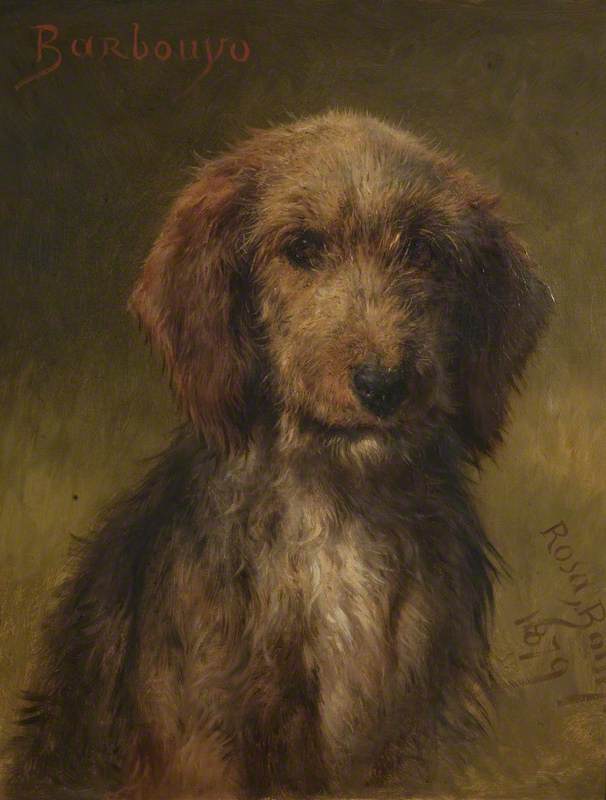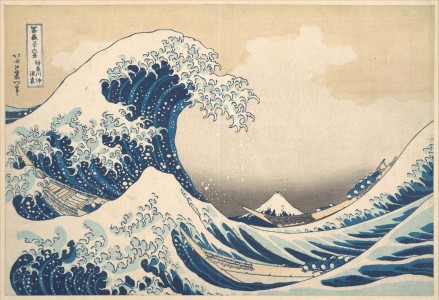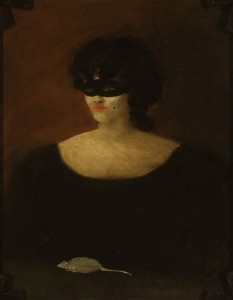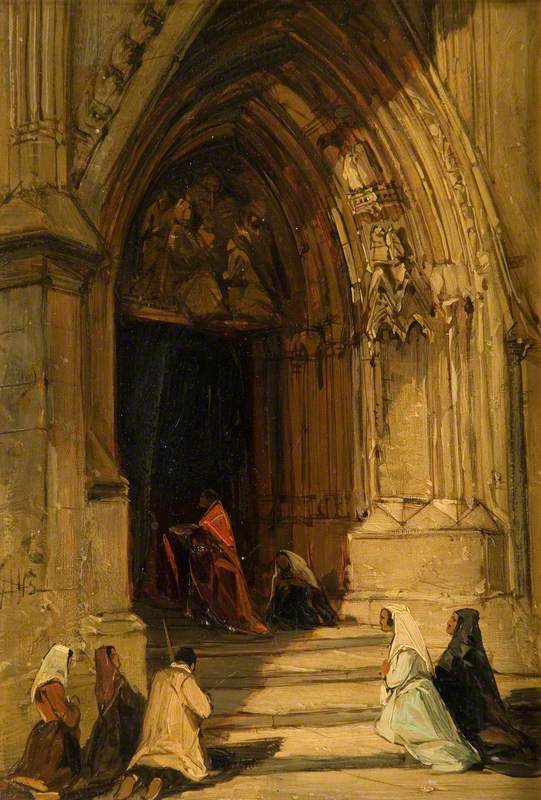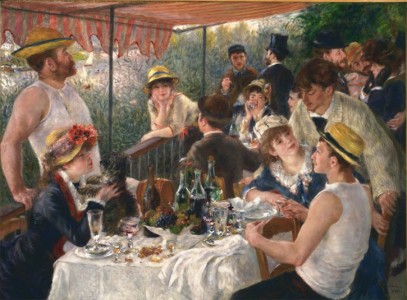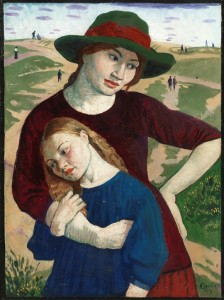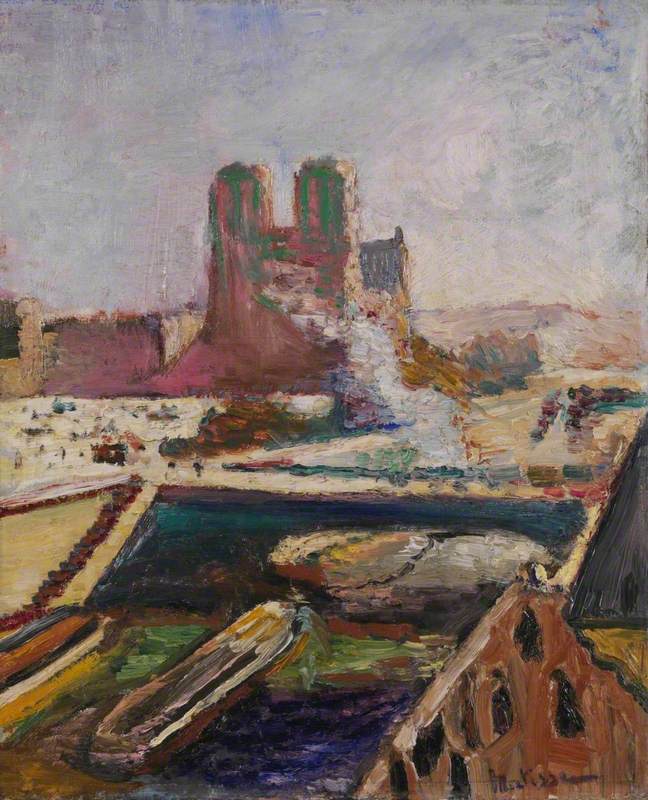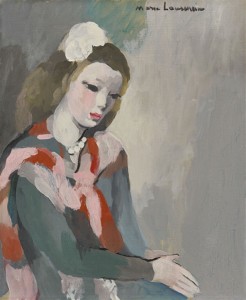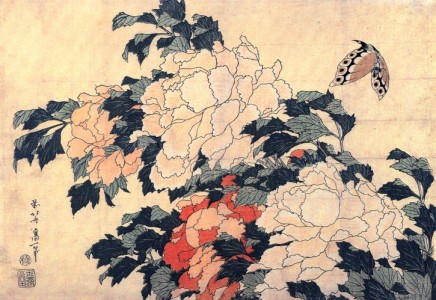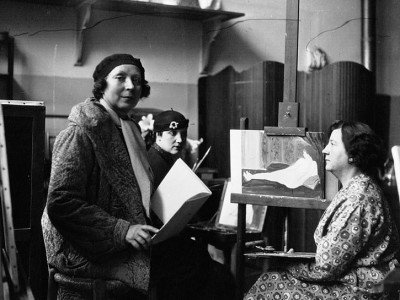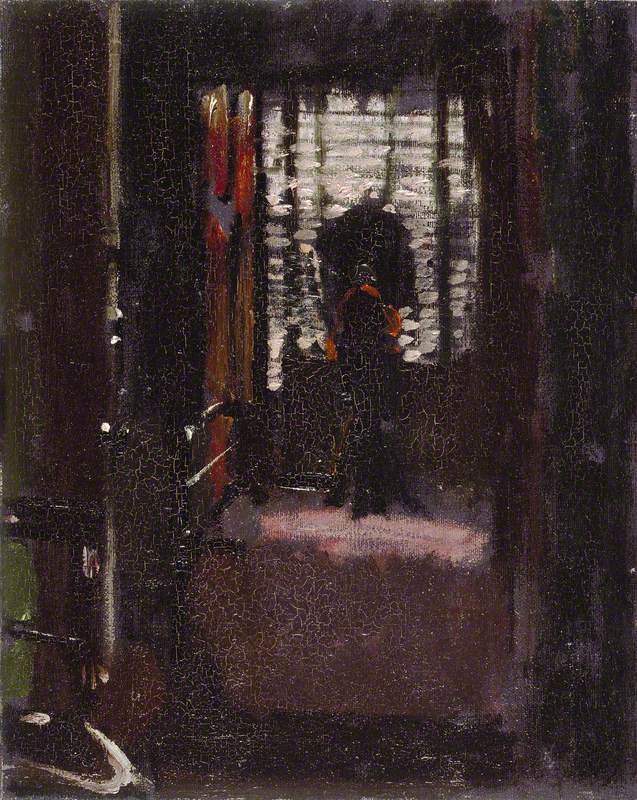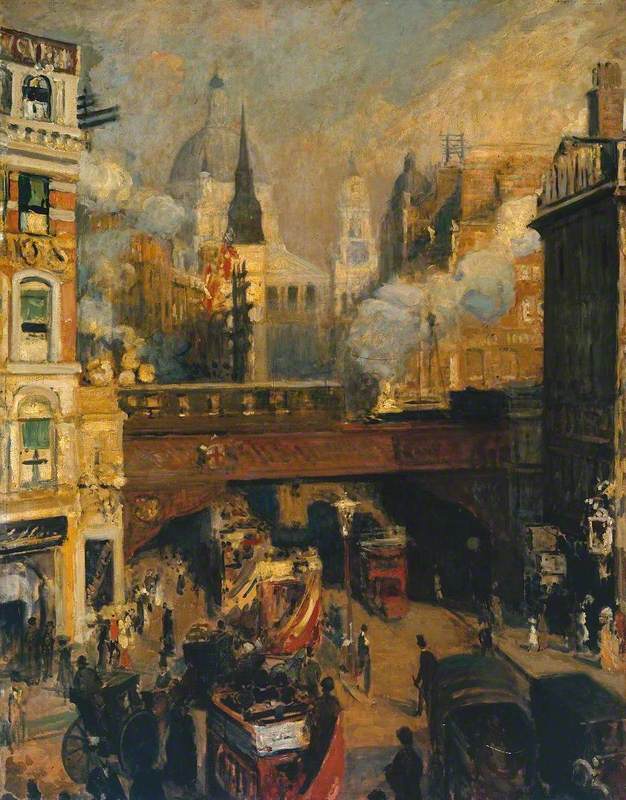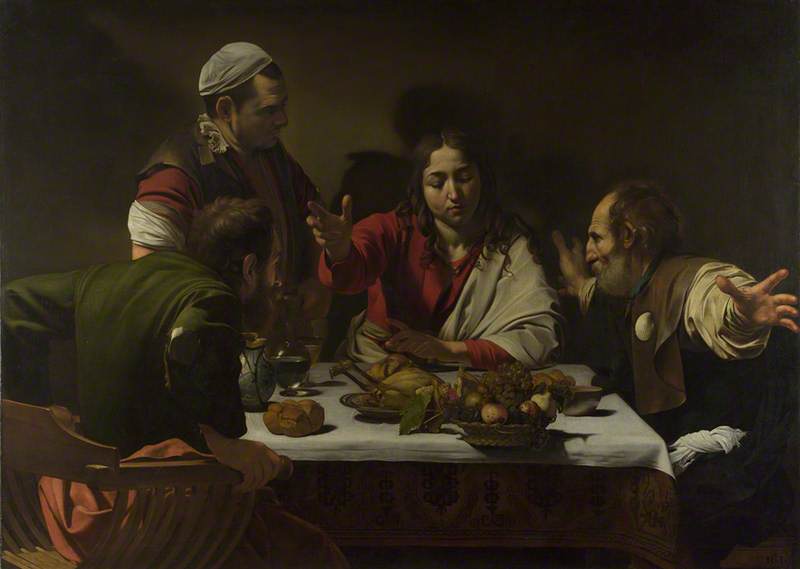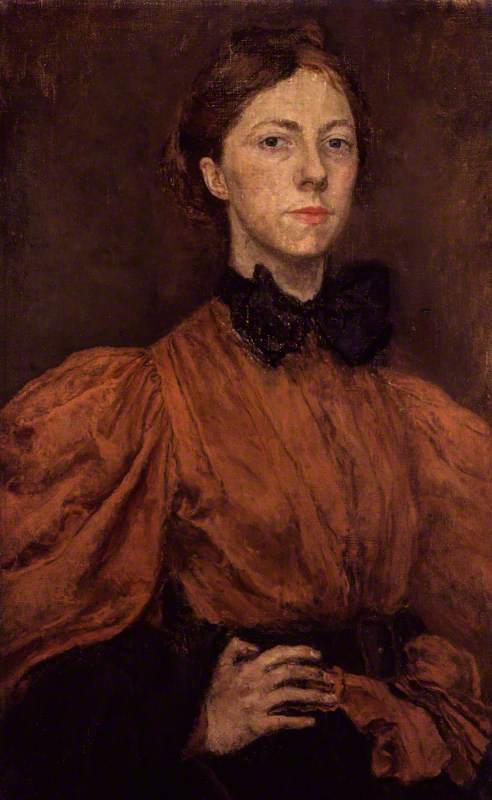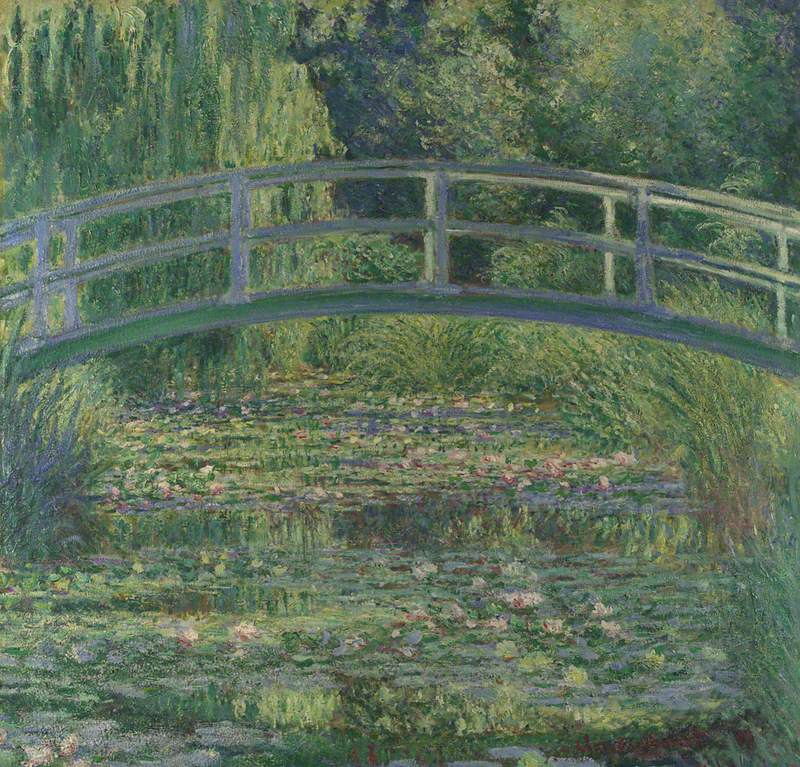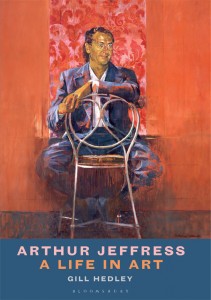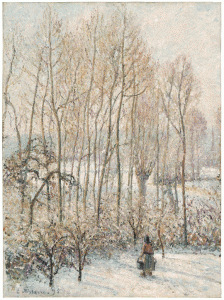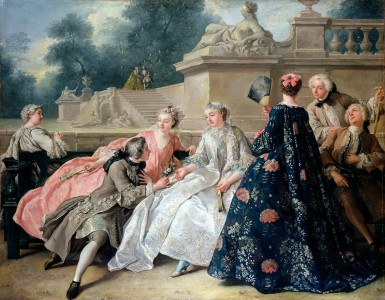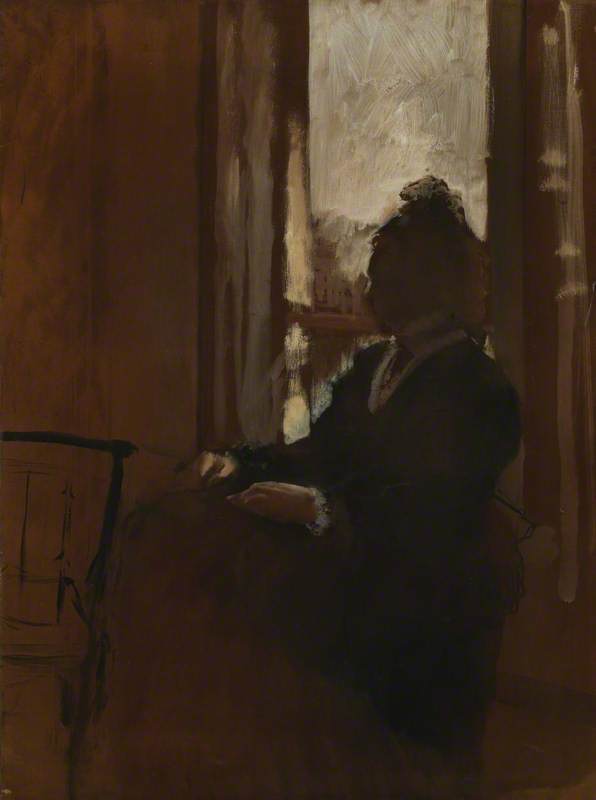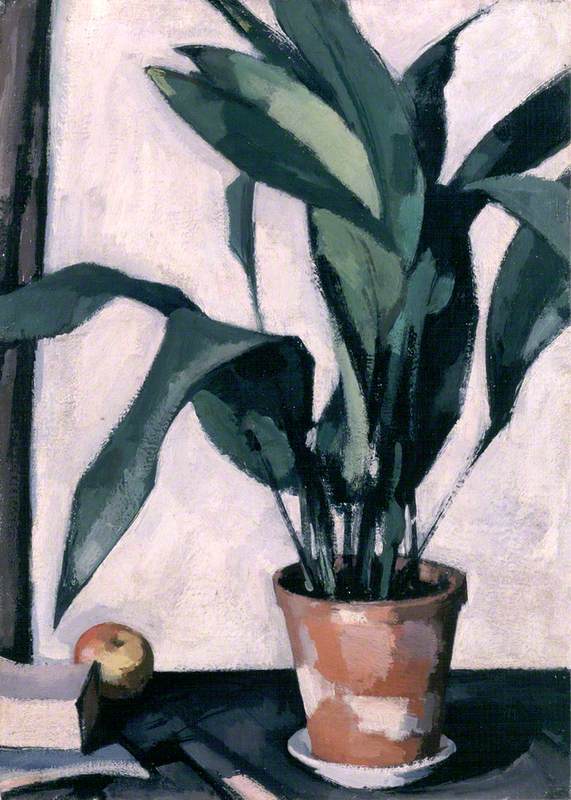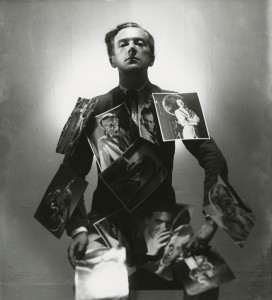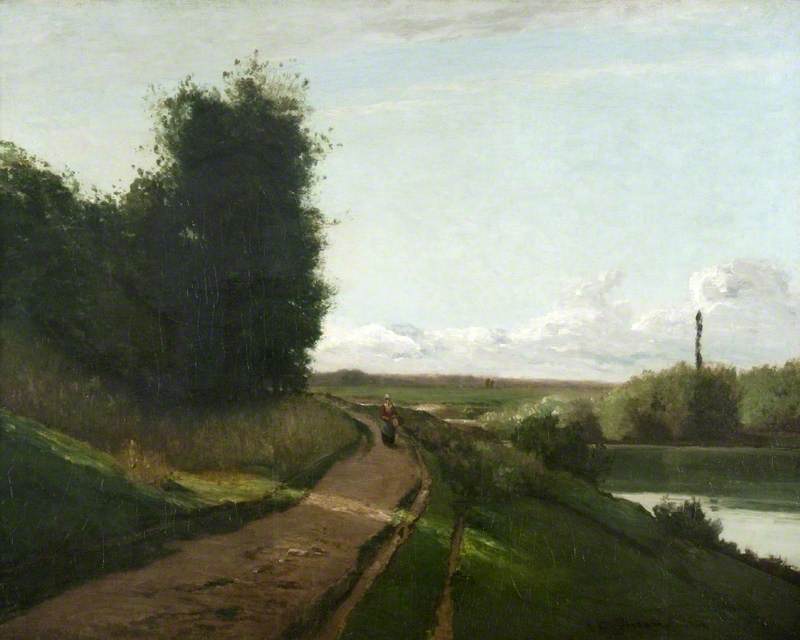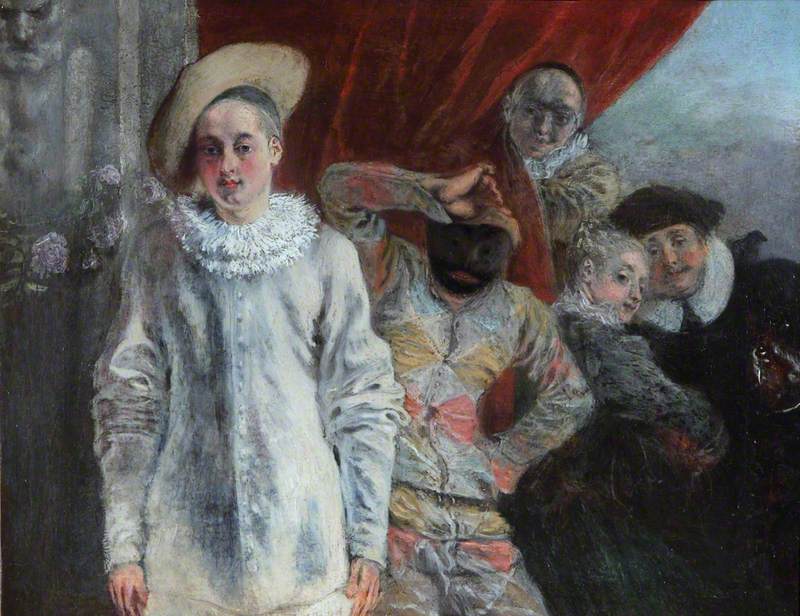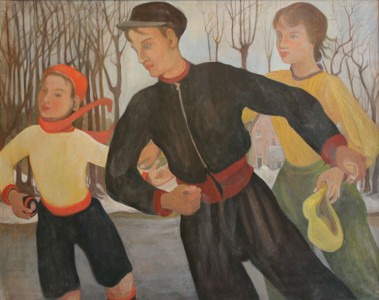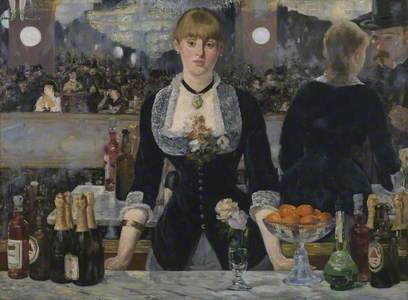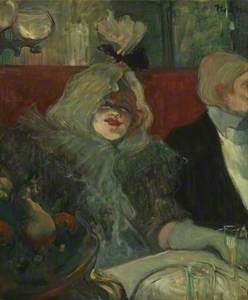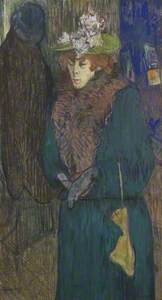If you were to ask most people to name an era defined by hedonism, sexual liberation and the fading of social barriers, the last two decades of the nineteenth century probably wouldn’t be the most obvious answer.
But the 1880s and 1890s across Europe were just that. They were to be known in hindsight as La Belle Époque – an era of great optimism that began at the end of the Franco-Prussian war in 1871 and ended at the outbreak of the First World War in 1914.
During this time, widespread regional peace coincided with rapid technological innovation to create an era of economic prosperity and great optimism across Europe. It would get its name during the first half of the twentieth century, as Europeans caught between global wars and financial crises looked back in nostalgia to a more positive time.
Paris, with its nightclubs, artistic communities and a joie de vivre (joy of living) ideology, was the epicentre of the era. And it was here, on the hill of Montmartre overlooking the city, that a new group of bohemian painters captured the essence of that time.
Edgar Degas
One of the first to document the new world of urban leisure was the Impressionist painter Edgar Degas (1834–1917).
The Ballet Scene from Meyerbeer's Opera 'Robert le Diable'
1876
Edgar Degas (1834–1917) 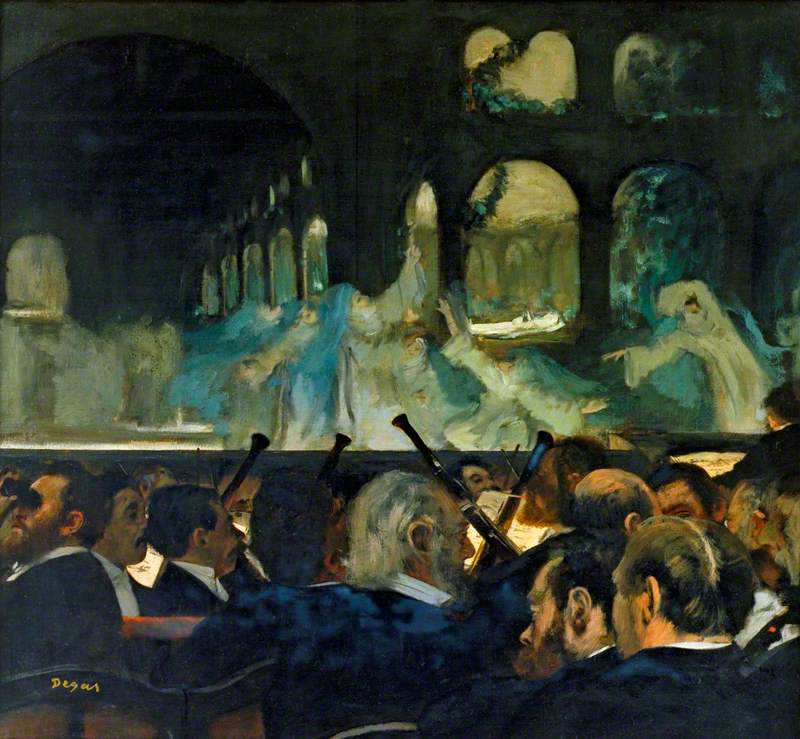
While he also depicted a great deal of middle class life, Degas was fascinated by the public lives of the lower classes that he observed in the cafes of Paris, and it was this controversial subject matter that brought him notoriety.
Degas would later say that 'A painting requires a little mystery, some vagueness, some fantasy. When you always make your meaning perfectly plain you end up boring people.' This ambiguity can be seen in the subjects that he depicts drinking in cafes, who always seem to be drifting between despair and ecstasy.
But Degas also captured the lives of the emerging leisure classes in his paintings, which can be seen at the Victoria and Albert Museum in his painting The Ballet Scene from Meyerbeer's Opera 'Robert le Diable'.
Édouard Manet
Frequenting similar turf (geographically and stylistically) was Édouard Manet, who would also drink in La Place Pigalle at the foot of Montmartre.
Similarly to Degas, Manet also captured the fine line between pleasure and despair in the revels of Parisian nightlife. Perhaps no better example of this exists than A Bar at the Folies-Bergère, depicting a girl working behind a busy bar. While the reflection of a party rages in the background, the girl stands alone and melancholy in the foreground. However, her reflection in the mirror behind her pulls a different pose, where she is leaning forward to listen to the order of a sinister looking aristocrat at the bar.
As with Degas’ painting L’Absinthe, Manet is able to capture the line between sadness and decadent enjoyment that is at the heart of relentless hedonism. In this way, he uses his subjects in a way not unlike Andy Warhol would some 80 years later.
Henri de Toulouse-Lautrec
For an artist who truly sowed the seeds of Pop Art, look no further than Henri de Toulouse-Lautrec (or Henri Marie Raymond de Toulouse-Lautrec-Monfa to give him his full aristocratic title).
In a Private Dining Room at the Rat Mort
c.1899
Henri de Toulouse-Lautrec (1864–1901) 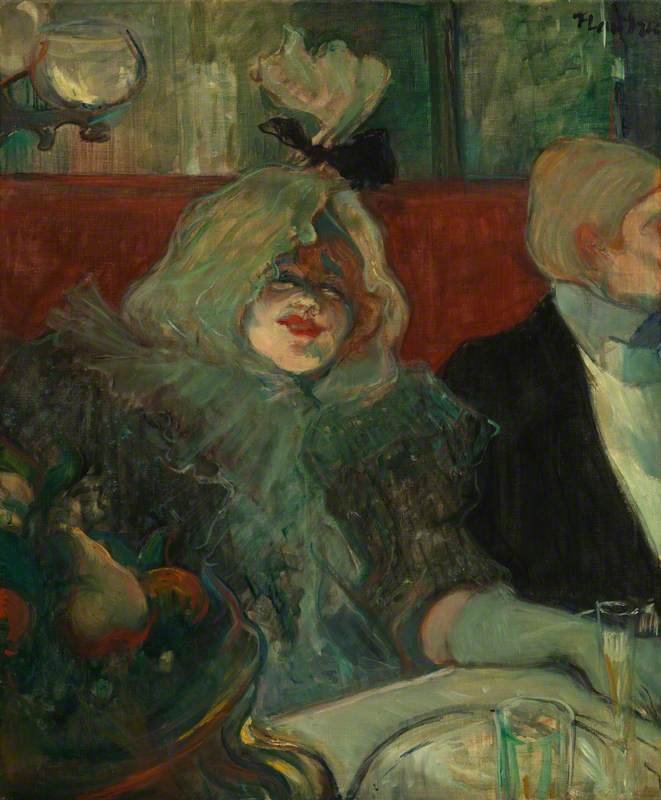
Toulouse-Lautrec was one of the most recognisable faces in Montmartre in the 1890s. After horse riding accidents in his early life, his legs stopped growing, and he barely reached five feet tall. This caused him great physical pain, forcing him to walk with a cane for the rest of his life.
Toulouse-Lautrec was perhaps the first artist to create posters that were considered works of art in their own right. His poster style, reminiscent of Japanese painters and characterised by flat areas of colour, was in high demand by clubs such as Le Chat Noir and the Moulin Rouge, places which would be immortalised by his advertisements.
He was partial to fancy dress, regularly dressing as a clown or Japanese geisha for parties. Allegedly, Toulouse-Lautrec’s cane was hollowed out and filled with absinthe, so that he could take a drink while running errands around the city. He also created a cocktail called the 'Earthquake', made half of absinthe, and half of cognac.
Outside of his commercial work, Toulouse-Lautrec was a prolific painter whose work, like that of Manet and Degas, captured the dichotomy between enjoyment and hollowness in the new era of pleasure.
Jane Avril in the Entrance to the Moulin Rouge, Putting on her Gloves
c.1892
Henri de Toulouse-Lautrec (1864–1901) 
A good example of this can be found at The Courtauld Gallery. Jane Avril, the can-can dancer of the Moulin Rouge who Toulouse-Lautrec painted extensively, is depicted leaving the Moulin Rouge at the end of the night. In his repeated portrayal of the stars of the cabaret, Toulouse-Lautrec anticipates the age of celebrity that would define the work of post-war artists, as well as the ups and downs of hedonism.
Robert Greer, writer
